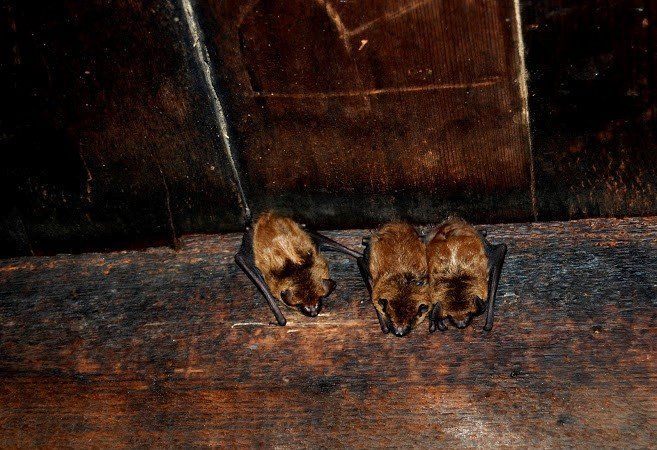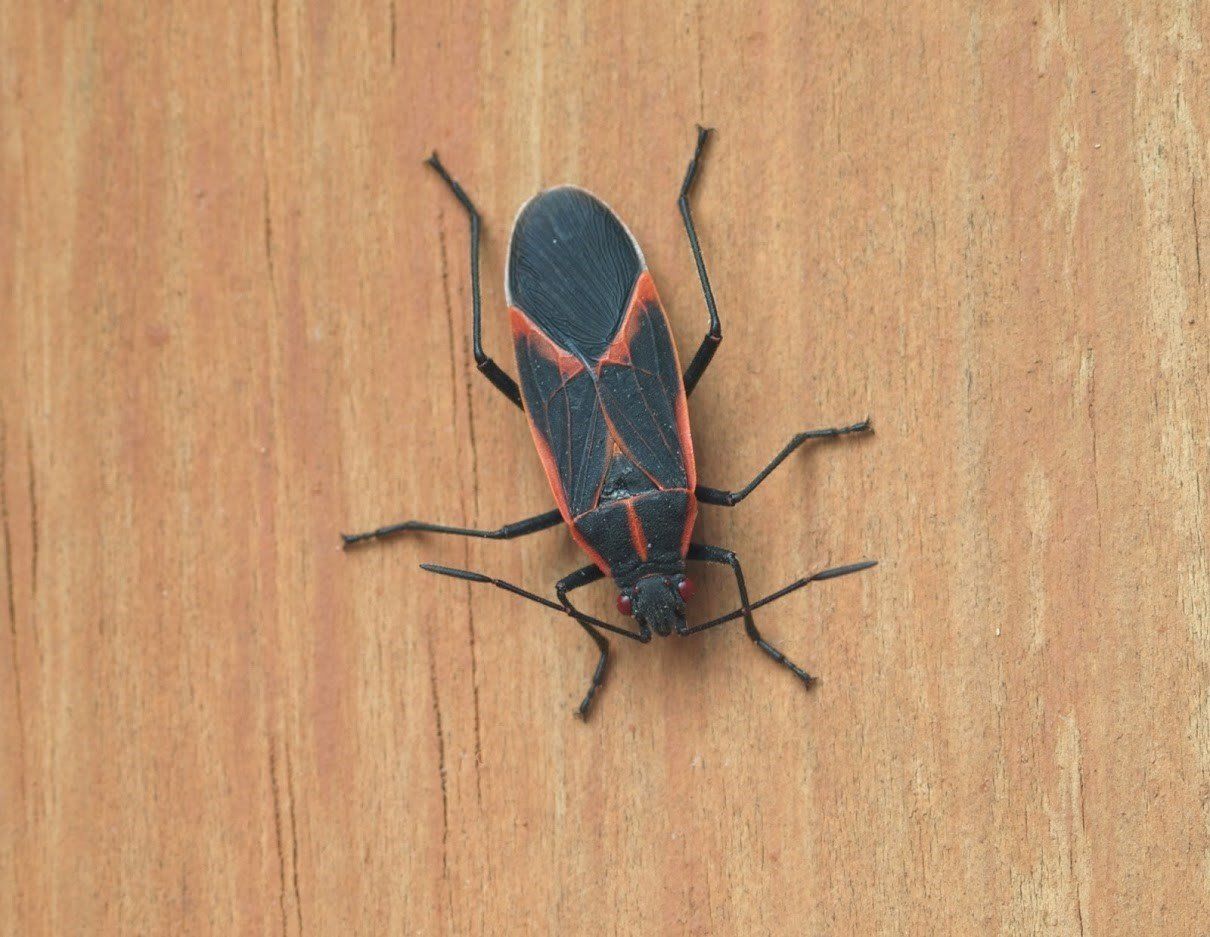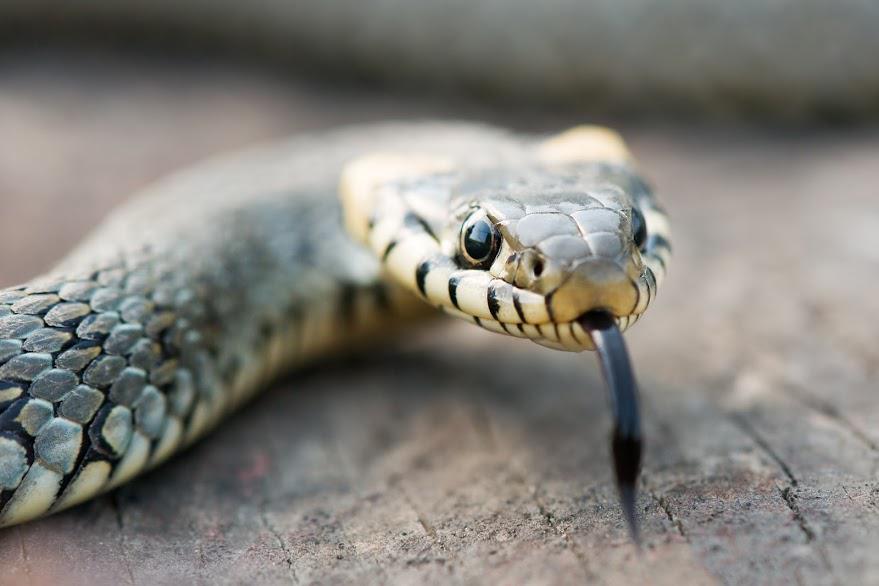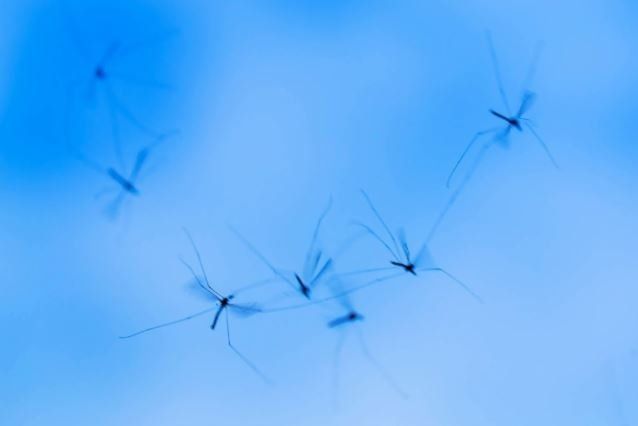Pest Issues in New Homes
websitebuilder • January 2, 2019

If you have just had your home built or you have purchased a new construction home in Michigan, then watch for pesky intruders. Pests have been on the land before the home was built, and once the home is in place, those pests try their hardest to maintain their residency on that land — and even try to get more comfortable by accessing your home.
The information below will introduce you to some of the pests you may find yourself dealing with when you first move into that new home and provide you with tips on getting rid of those pests.
Types of Pests Common With Newly Constructed Homes
Homeowners should watch out for the following types of pests in their new home.
Bark Centipedes
Bark Centipedes prefer to live in areas full of trees, where they will look for meals in the bark of those trees. Before your home was constructed, they were likely in the trees on the property. When the trees were cleared out, some Bark Centipedes were left behind and need a new source of shelter.
European Earwigs
European earwigs are commonly referred to by many people as "pincher bugs". This nickname is due to the pincher looking apparatuses on their hindquarters. Although this insects name suggests otherwise, plenty of them can be found all over the United States.
These pests prefer to spend their days hiding under rocks and logs in groups. However, when those hiding places are taken from them during new home construction, they have no problem traveling into your new home.
Silverfish
Silverfish like dark, moist, and humid places. New homes that have yet to be moved in offer plenty of dark corners. Once you move in the home, you may find the silverfish trying to get near the drier or in the basement. Silverfish also like fabrics and papers, so you may find them in linen closets or bookshelves.
Spiders
Spiders will start coming in the home as soon as you do. You will provide flies, ants, and other pests with food sources and the spiders will come after those pests. Some spiders will be easier to see because they like the light, such as garden spiders.
Other types of spiders will remain hidden in dark areas, such as black widows and brown recluses.
Ants
Ants will take advantage of the opportunities your new home offers them. The presences of the home means easier access to water, crumbs, and more comfortable temperatures.
Scorpions
Scorpions tend to hide in dark holes, under rocks, in bushes and in plenty of other places on quiet pieces of land. Many scorpions are also nocturnal, so they come out more at night.
Once you put a house in, the scorpions will come inside. These pests are not only frightening, they pose painful health risks should they sting someone in the household.
Preventing Pests From Coming in Your New Home
Once you are ready to move into your new home, you should have the entire vacant home and the property around the home professionally sprayed. It is best to have the property sprayed before your items have been moved in, so the spray gets better coverage.
Once you have moved in, create a good pest control schedule, which will include having the property sprayed more often when it rains or is very cold or hot, since these conditions will cause the spray to become more ineffective.
Contact usand we will come out to help you get rid of the pests around your newly constructed home. We can set you up with a schedule that works for you year-round.
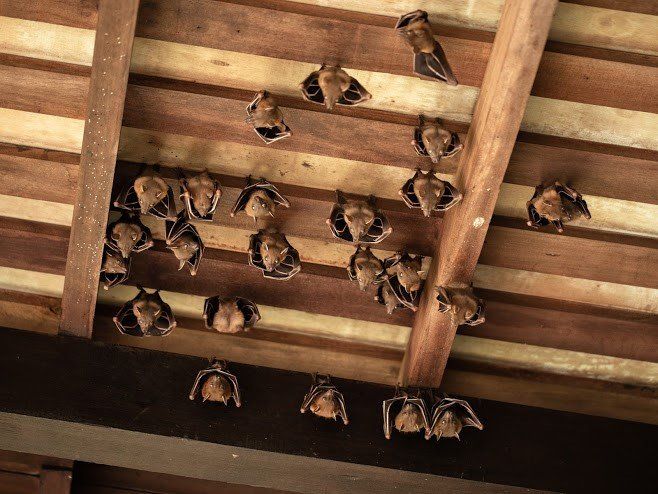
Bats can be cute when you see them in nature, but inside your home, they are more than just a nuisance. Bats can carry deadly diseases, like rabies, which means that if you have a bat, you need to take steps immediately to solve the problem. Removal Options Removal is best left to a professional due to the risks involved. Single Bat A single bat may get into the house through an open window or the chimney. The good news is that this usually is a one-time event and you don't have an infestation. The best course of action is to remove pets and people from the room with the bat, open all of the windows in the room, and then close off the room so the bat can't get into the rest of the house. With luck, the bat will find a window and leave. If you must handle the bat, wear gloves and do not touch the bat directly. The safest option is to call in a pest service if the bat doesn't leave on its own. Roosting Colony Sometimes your home provides the perfect place for daytime roosting. Little-used attics are most at risk, but bats may also colonize crawlspaces, spaces in your walls, or outbuildings. You should not try to remove an entire colony of bats on your own. A pest professional that is aware of local and federal wildlife laws should be called in to trap and remove the bats. Prevention Tactics Once you are free of the bats, your next step is to ensure that they cannot return. Exclusion If a bat can't get into your home, you can't have a bat problem — which is why exclusion is your main goal. Your pest service will inspect your home and find the likely entry points that the bats are using. You can also watch your home during the twilight hours to find where the bats are emerging. Once you know the likely entry points and have had all bats removed from the house, you can seal up the openings so the bats can't regain access to your home. Alternative Dwellings If you live in an area with a high bat population or would simply like to keep these beneficial insect-eaters nearby, then providing alternative dwelling options can be just the ticket for diverting bats away from your home. You can buy or build simple bat boxes. These boxes are typically attached to trees or poles to provide a more attractive roosting space for the bats. Cleanup Safety Bats are not clean animals. If a bat has been roosting in your home, then you will have droppings (called guano) and urine to deal with. Guano Sanitation Bat guano can carry histoplasmosis, a fungal spore that can cause a chronic respiratory disease. If you must try to clean up on your own, you need to cover all of your skin, wear gloves and eye protection, and use a respirator mask. All debris must be cleaned up and all surfaces must be sanitized with a bleach solution. Professionals will also use a HEPA vacuum, which has a strong filter that ensures none of the possible fungal pathogens remain in the air. Dead Bat Removal Extreme caution is necessary if there are dead bats in your home. Conditions like rabies can still be transmitted from dead animals. Wear gloves and do not touch the bat directly if you attempt to remove it yourself. The area where the bat was found must also be completely sanitized with a bleach solution. For more assistance with a bat in the home, contact Anteater Pest Control, Inc.

